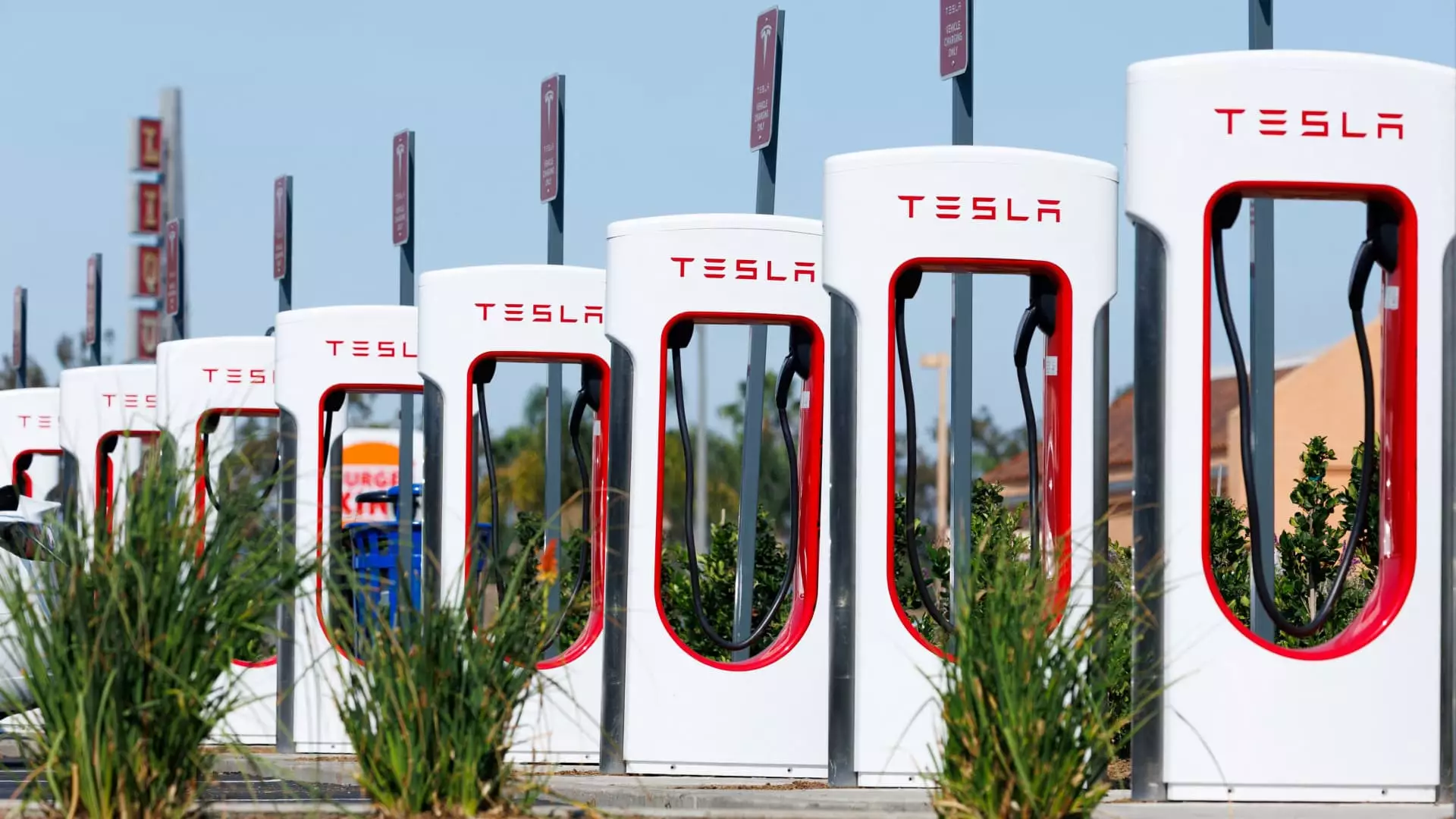The recent rally in major indices like the S&P 500 and Nasdaq appears, on the surface, to signal robust economic recovery and resilience. However, a closer examination reveals that this optimism is built on shaky grounds, often obscured by temporary political stunts and inflated valuations. As we approach the second half of 2025, it’s clear that market narratives have become increasingly detached from fundamental realities. Investors are lulled into complacency by fleeting gains, much like a house of cards waiting for the next gust of wind. This illusion of strength, bolstered by policy pledges and technological hype, risks leading them astray when disappointment inevitably hits.
Strategic Short-Selling: A Stark Warning from Wall Street
JPMorgan’s recent call to short stocks like Tesla and Moderna exemplifies an underlying concern that many market participants refuse to face: the fundamentals are deteriorating beneath the surface. The firm’s analysts, traditionally optimistic, are now warning investors that certain “stars” are poised for decline. This shift is significant—it’s a signal that not all that glitters is gold. It suggests a market environment where inflated valuations, regulatory pressures, and technological overreach threaten to unravel capitalized illusions. For instance, JPMorgan’s underweight rating on Tesla isn’t just about current market conditions; it reflects broader doubts about the company’s long-term profitability amid diminishing subsidies and operational overreach.
The Illusion of Technological Triumph
Tesla’s meteoric rise over the past few years has been driven largely by hype—its charismatic CEO and ambitious plans for AI-powered vehicles. Yet beneath the surface, serious cracks are emerging. Equipment margins are under pressure, and the automaker’s robo-taxi project, once heralded as revolutionary, faces significant technical and regulatory hurdles. Despite Elon Musk’s bold claims, Tesla’s valuation remains disconnected from its earnings prospects, serving as a cautionary tale that technological enthusiasm can often outpace business fundamentals. The risk for investors lies in holding onto these high-flying stocks for the wrong reasons—gullibility and hope—rather than sober assessment.
The Overvaluation of Consumer and Healthcare Giants
Beyond Tesla, other traditional sectors reveal troubling signs of irrational exuberance. Whirlpool’s valuation, particularly, stands out. While domestic manufacturing and tariff advantages give it some short-term tactical appeal, its sky-high valuation relative to historical averages suggests that investors are ignoring the looming reality: good times may be fleeting. As tariffs and trade policies fluctuate unpredictably, reliance on these factors for future growth is a risk that too many are overlooking. Meanwhile, pharmaceutical giants like Moderna find themselves increasingly vulnerable due to waning innovation, regulatory obstacles, and legal issues—yet Wall Street remains overly optimistic on their recovery potential, a dangerous game of musical chairs once the market recalibrates.
Why Caution Matters: A Center-Right Perspective
In an era where emotional exuberance often guides investment decisions, a center-right, pragmatic approach insists on critical oversight. The hype surrounding disruptive technologies and market highs can blind investors to systemic risks. The looming threat of political instability, trade disputes, and regulatory clampdowns demands a more cautious stance—yet the prevailing sentiment favors high risk in pursuit of high returns. While the allure of a booming market is undeniable, the failure to recognize overvaluation, overhyped narratives, and fundamental weaknesses ultimately exposes investors to severe losses. Pragmatism and disciplined valuation assessments are not merely conservative—they’re essential for the health of the economy and individual portfolios alike.
The Reckoning Ahead
The current landscape is riddled with contradictions: soaring indices against a backdrop of economic fragility, inflated tech valuations against looming regulatory threats, and strong short signals from elite analysts warning of imminent correction. As the second half of 2025 unfolds, investors must confront harsh realities masked by superficial optimism. Ignoring these warning signs risks imminent setbacks, and those who cling to illusions of endless growth do so at their peril. There’s real strength in skepticism—by questioning the narrative spun by market hype, investors can position themselves more resiliently for an inevitable recalibration, rather than being caught unprepared when the bubble bursts.

